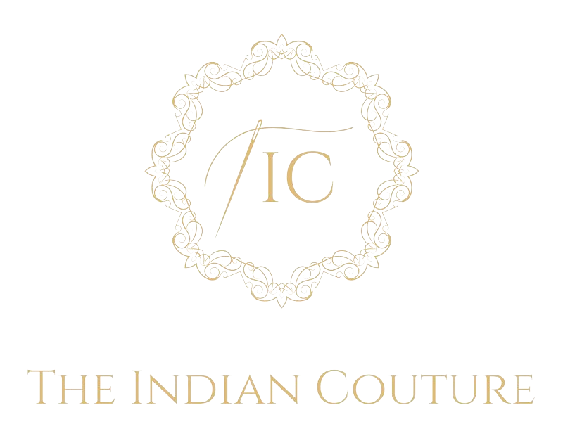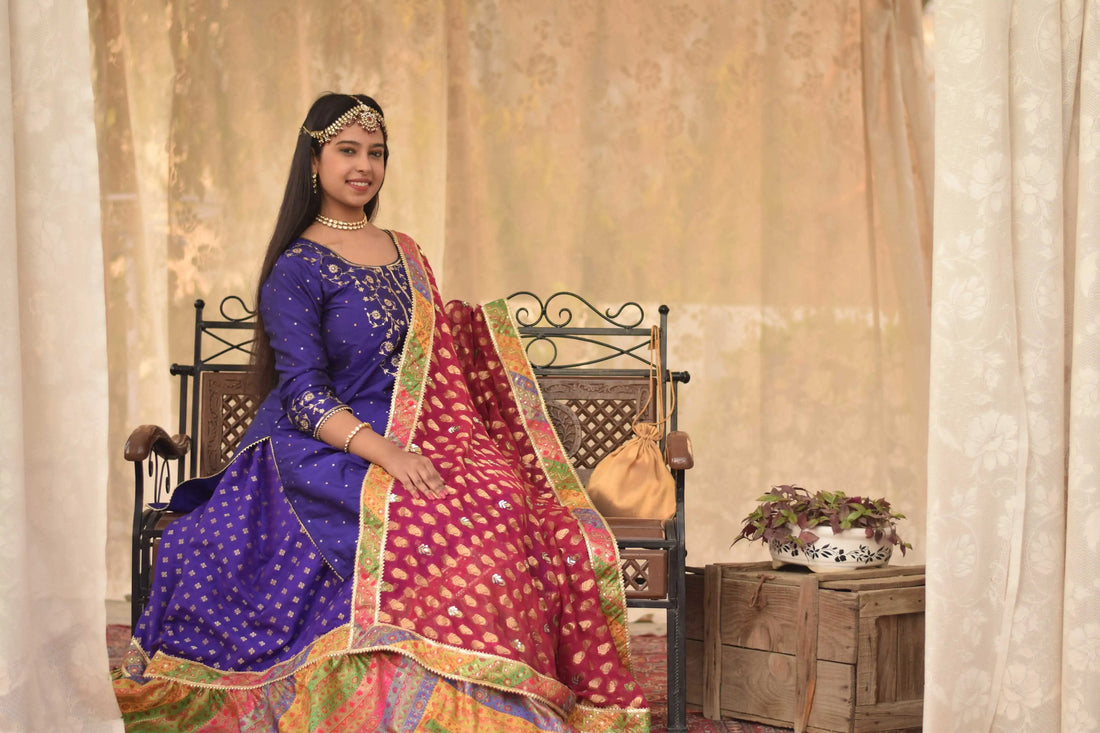Over a hundred years in time, the queens and their bridesmaids have bequeathed the gift of royal fabric to generations. But one thing that hasn't changed is the Indian wedding tradition. Indian dresses are world-renowned. The authenticity is so magnificent that whenever there is a cross-cultural marriage between an Indian and a western, the Indian traditional dresses demonstrate a superb outlook and a superficial charm. The fabric that began from mere royal weddings has come knocking at your doors on your wedding day. Adorn the same feel and the same culture wherever you go. With the weaving pattern of traditional attire, you can adopt the most desirable vintage look. These traditional dresses thrive to provide you with the same belongingness and comfort of the religious culture. Today, we will take you through different paths of our Indian culture that will bring us all together to the same old saying, "Unity in diversity."
Traditional Indian Dresses Are a Legacy Beholder
From the epitome of noble impressions, glory resides not in getting the spotlight. Instead, recognition is in shining from within. An Indian dress not only uproots the nostalgic appearances of a girl's mother on her big day but also the similar look even after a generation gap. That's the power of traditional Indian dresses. And even if you've been married for years, the latest collections of traditional dresses will get you nostalgic about the early first days of marriage.
Traditional Dress for Girls on Their Weddings

Traditional attire is bliss for any girl on her day. A dupatta, a blouse, and a lehenga or broad flared skirt are the three primary elements of a traditional dress for girls. Capes, kaftans, and even statement blouses are some extra elements used by modern brides to complement the primary composition. The traditional Indian wedding dresses in most India also include an ankle-length skirt, a short bodice, and a dupatta (shawl) or sari. Sari is getting more popular with the new generation. Traditional dresses for girls are not just customized and designed with pre-bookings. Still, they are also self-designed by brides themselves. They have a lot of ideas and planning about what the colours and floral patterns should look like.
--- Also, would you like to know more about the importance of ethnic wear for women? Visit our blog Named IMPORTANCE OF ETHNIC WEAR FOR WOMEN.Top FAQ's ---
Traditional Dress of Different Indian States on Wedding Day
A wedding day is not like life or death. It's something more than that. In India, an Indian dress at a wedding represents the country's distinct culture and deeply rooted traditions. Indian wedding dresses for girls complement the traditional décor and ceremony. Indian wedding dresses come in various styles that change from one Indian state to another. Intricate stitching, elegant patterns, and decorations adorn traditional attire in India. Here is a foray into a different representation of an Indian dress in other regions of India.
1. South Indian Traditional Dresses for Wedding
KERALA
While paying homage to the culture, the Kasavu saree is also a popular choice for the Onam look in Kerala. And the groom typically wears a dhoti. This basic yet lovely dress never fails to provide comfort and elegance.
TAMIL NADU
Tamil men proudly wear veshti/dhoti, while ladies elevate their wedding attire with Kanchipuram Saree or Madurai Silk. Furthermore, both the bride and groom wear a garland around their necks. No Tamil wedding is complete without the women donning famine flowers on their heads
2. North Indian Traditional Dresses for Wedding
PUNJAB
At the wedding, the man completes his outfit with a sherwani set and a turban on his head, while the girl wears a lehenga or long gown. Heavy jewellery and Chura sets are also essential parts of a Punjabi wedding. Their striking make-up and stunning haircut set them out from the throng. If you want to add some significance to your wedding attire, this is one of the most excellent options

DELHI
The Delhi wedding dress style reflects the colours of Punjabis and the culture and customs of Uttar Pradesh. The pair appears to be both fashionable and traditional. This is the one to choose if you want a western and classic style for your wedding day.
3. East Indian Traditional Dresses for Wedding
MANIPUR
A Manipuri wedding is distinct from other types of marriages. The groom is dressed in a traditional white dhoti with a turban on his head. The bride wears a skirt and a sarong as part of her overall costume, with a shall on her head linked with a little crown.
WEST BENGAL
Bengali weddings are significant occasions. The bride is dressed in a Banarasi saree. It is often red or green in colour. The groom is dressed in a complete white dhoti.
4. West Indian Traditional Dresses for Wedding
MAHARASHTRA
Who in this world does not appreciate Maharashtrian Wedding Dress? The bride and groom both wear dhotis. Yes! The bride wears the saree in dhoti style, which gives her a more traditional and elegant appearance. This is the most creative costume concept you'll ever witness
GUJRAT
The bride wears a saree uniquely that you should attempt at least once in your life. The groom is dressed in ethnic pajamas and a turban. This is the costume to attempt if you are a formal person seeking the most gorgeous attire. And the best thing is, even in cultural mix marriages, the bride and the groom follow all the cultures of their partner's region. It adds a lot more fun than one has in a typical Indian wedding.
Common FAQs For Brides to Know
1. What are Indian Wedding Dresses actually called?
Classic lehengas and saris are the most prevalent traditional Indian wedding attire. Brides in East, West, and South India all adore the sari. North Indian brides love Gagra choli, lehenga, and odni. And they together add to the Indian wedding dresses. The traditional costume known as the mekhela sador is preferred by most brides in North-east India.
2. Why Indian brides don't wear white dresses?
In India, we often regard white as a colour of mourning. Thus, Indian brides prefer colourful Indian dresses and saris that portray the colours of their region of origin. Red is the most favourite colour of Indian brides even in terms of traditional attires.
3. Why do Indian brides wear a lot of jewellery?
The jewellery worn by Indian brides and their traditional Indian dresses is more critical. Apart from enhancing the bride's attractiveness, this jewellery represents the bride's fortune and the wealth of the family she is now joining.
4. Are Indian brides allowed to dance at their wedding?
Let us answer this question with another question. Maybe then we'll be able to stop asking this question eventually. So the answer is: "Why should boys have all the fun?"
5. Why do Indian brides write their husbands' names on their palms with Mehdi?

Obviously, Indian brides will write their groom's name on their palms, not yours or mine. Well, jokes apart, in India, it's believed that the stronger the colour of the Mehdi appears, the stronger the bond between the couple is going to be. So as well-wishing prayers, a bride gets their groom's name etched on her palm.
So, whatever the question, love is the answer
If you are interested in a customized ethnic wear for your wedding or a special event, please contact us and our experts will get in touch with you.









